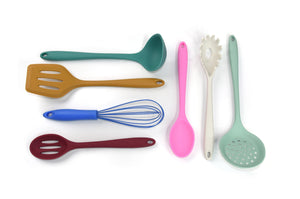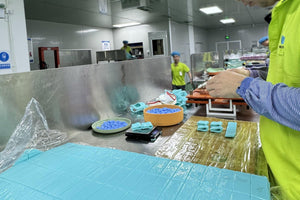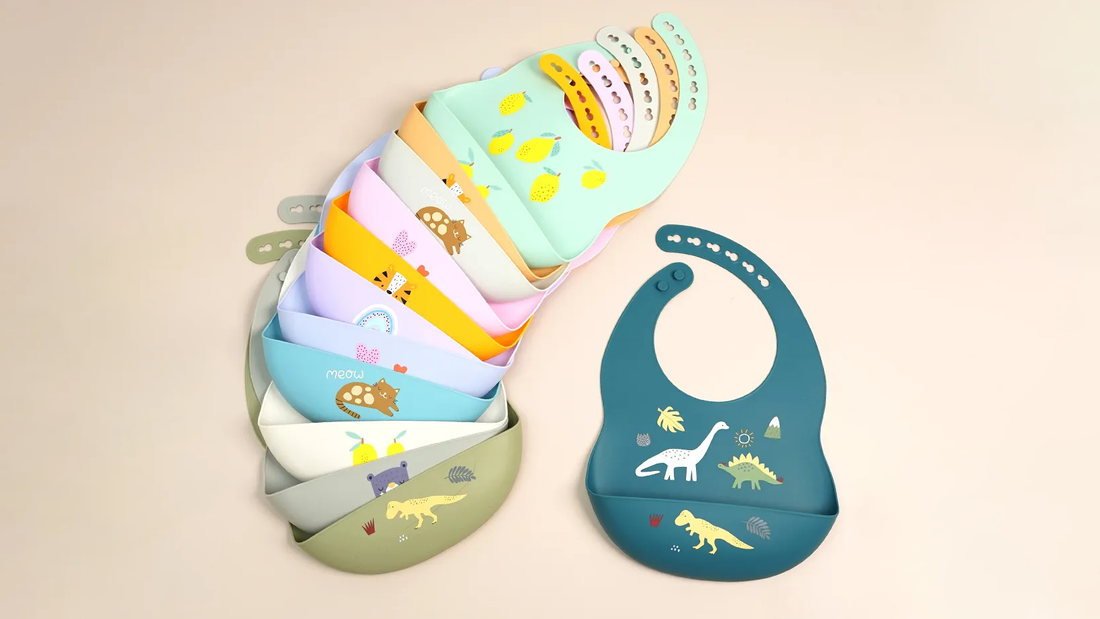Silicone products are highly versatile and popular across industries such as healthcare, kitchenware, baby products, and promotional items. Customizing these products with images or logos can significantly enhance their appeal, branding, or functionality. However, printing on silicone requires specialized techniques due to the material’s non-porous and heat-resistant nature. This article explores the most effective methods for printing on silicone products, ensuring durable and high-quality results.
Challenges of Printing on Silicone
Silicone’s unique properties, such as its non-stick surface and flexibility, make it challenging to print directly on. Ordinary inks may not adhere well to silicone, and the material's resistance to extreme temperatures adds further complexity. To overcome these challenges, specialized methods and inks have been developed to ensure long-lasting and vibrant prints.
Effective Methods for Printing on Silicone
1. Screen Printing with Silicone Ink
Overview: Screen printing is one of the most common methods used for printing on silicone. It involves applying a layer of silicone-compatible ink through a mesh stencil onto the surface of the product.
Advantages:
● Produces vibrant and durable prints.
● Cost-effective for medium to large production runs.
Process:
● The surface is pre-treated with a primer or plasma treatment to improve ink adhesion.
● Silicone-based ink is applied using a screen printing machine.
● The product is cured at high temperatures to set the ink.
2. Pad Printing
Overview: Pad printing uses a silicone pad to transfer ink from an etched plate onto the silicone product. This method is ideal for printing on irregular or curved surfaces.
Advantages:
● Precise and detailed prints, even on complex shapes.
● Suitable for small logos or intricate designs.
Process:
● The product undergoes surface treatment to enhance adhesion.
● A silicone-compatible ink is applied to the etched plate.
● The ink is transferred to the product using a silicone pad.
● The print is cured to ensure durability.
3. Heat Transfer Printing
Overview: Heat transfer printing involves transferring a pre-printed design from a special film onto the silicone product using heat and pressure.
Advantages:
● Ideal for multi-color designs or photographic images.
● High-resolution output.
Process:
● The design is printed on a transfer film using sublimation or specialized silicone-compatible inks.
● The film is placed on the product, and heat and pressure are applied.
● The ink transfers from the film to the silicone surface.
4. Laser Engraving and Etching
Overview: Laser engraving involves using a high-powered laser to etch the image or logo directly onto the silicone surface.
Advantages:
● Extremely durable and resistant to wear.
● Ideal for logos requiring subtle or high-end finishes.
Process:
● The laser machine is programmed with the design.
● The laser etches the design onto the surface, creating a permanent mark.
● The engraved area can be filled with color for added contrast.
5. UV Printing
Overview: UV printing uses ultraviolet light to cure specially formulated inks directly onto the silicone surface.
Advantages:
● High-speed and efficient for detailed designs.
● Suitable for small production runs or prototypes.
Process:
● The silicone product is pre-treated to enhance adhesion.
● The design is printed directly using a UV printer.
● UV light cures the ink instantly, ensuring a durable finish.
Surface Preparation: The Key to Success
Regardless of the method used, preparing the silicone surface is critical to achieving a high-quality print. Common surface preparation techniques include:
-
Plasma Treatment: Alters the silicone surface to improve ink adhesion by making it more receptive to printing materials.
-
Chemical Primers: Creates a bonding layer between the silicone and the ink, enhancing durability.
Tips for Optimal Results
-
Choose the Right Ink: Always use inks specifically formulated for silicone to ensure adhesion and longevity.
-
Test Before Production: Conduct test prints to verify the quality and durability of the design.
-
Work with Experts: Partner with manufacturers like Wolife in working with silicone materials.
-
Consider the End Use: Ensure the printing method aligns with the product’s purpose and expected wear.
Final Thoughts
Printing on silicone products is a specialized process requiring the right combination of techniques, materials, and expertise. Whether you choose screen printing, pad printing, heat transfer, laser engraving, or UV printing, each method offers unique benefits suited to different applications. By understanding the challenges and best practices, you can achieve high-quality, durable, and visually appealing prints on silicone products, elevating your brand and meeting your customization needs.
About Author
We are dedicated to pushing the boundaries of possibility in silicone product manufacturing and our extensive range of inhouse designs and molds across baby, pet, homewares and more allows companies to customize and create products specific for their brand and market needs.
Whether you are looking for a company to bring your ideas and brand to life or looking for ready to go items with packaging and branding, WOLIFE is ready to help your business grow.
WOLIFE looks forward to collaborating with you!


 Using LSR in Hearing Components
Using LSR in Hearing Components Why Silicone Cooking Utensils and Baking Trays Don’t Melt – The Science Explained
Why Silicone Cooking Utensils and Baking Trays Don’t Melt – The Science Explained 10 Creative Products You Didn’t Know Could Be Made with Silicone
10 Creative Products You Didn’t Know Could Be Made with Silicone Common Quality Control Challenges in Silicone Manufacturing
Common Quality Control Challenges in Silicone Manufacturing